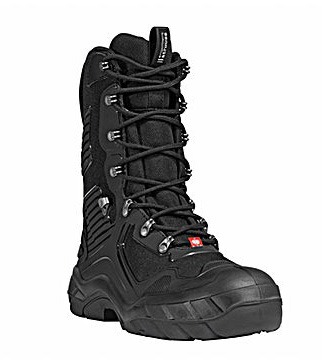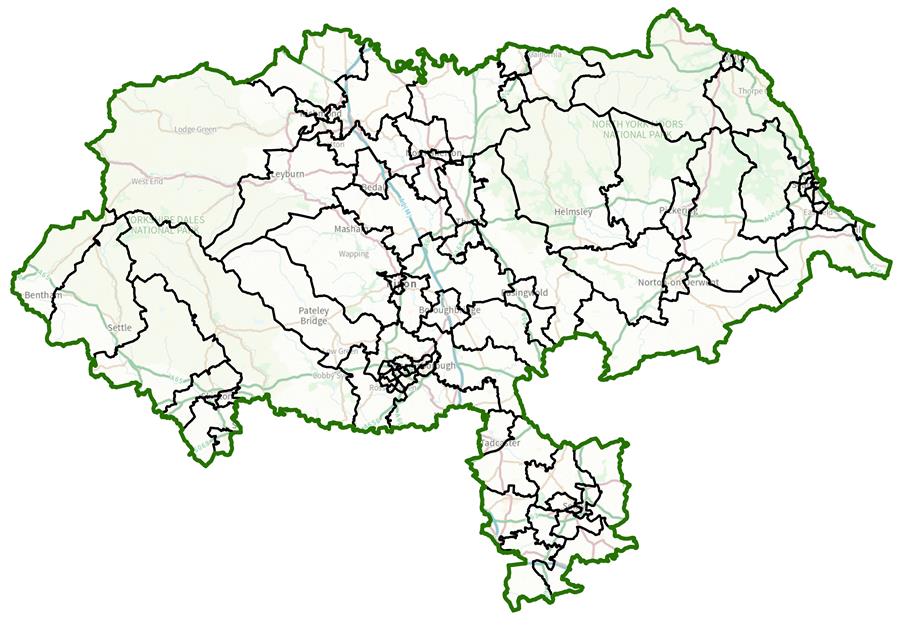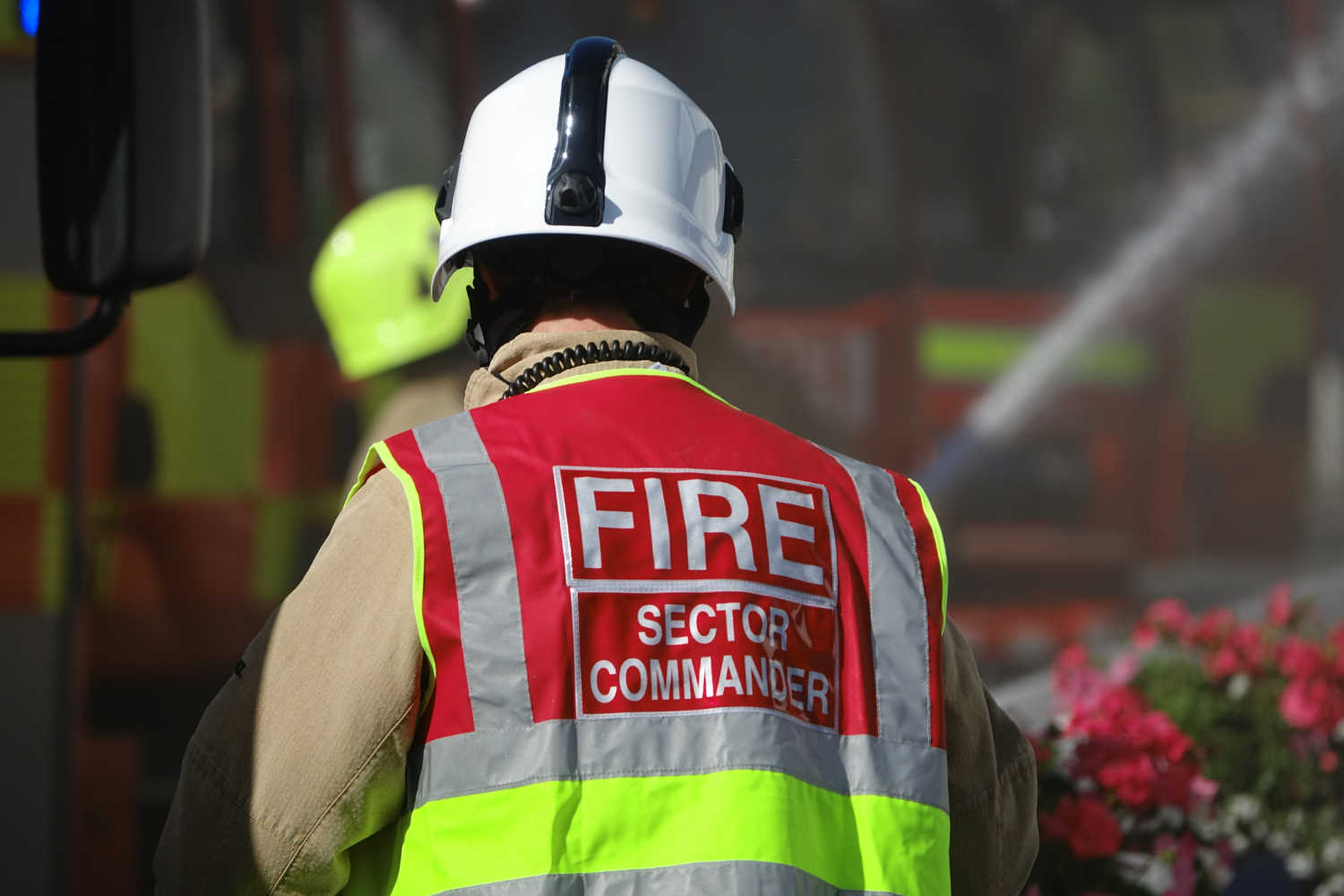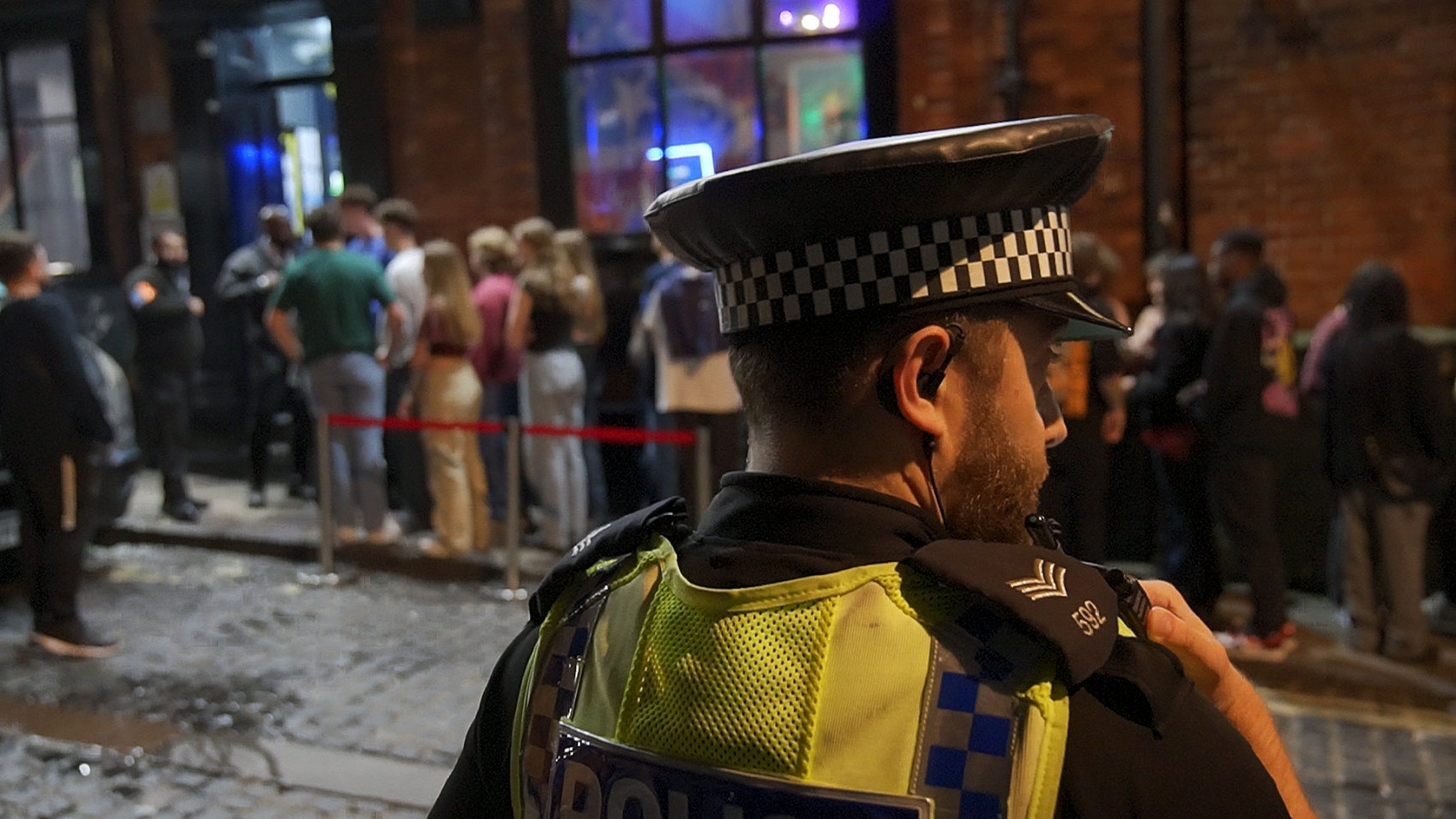 The phrase “It’s health and safety gone mad” resounds throughout the land and litters the tabloid press every day. Yet according to the Health and Safety Executive , an average of 31 workers per year have died in British manufacturing industry alone over the last five years and there were on average 4,500 reports of major industrial accidents and 19,500 injuries that were serious enough to keep the worker away from work for 3 days or more.
The phrase “It’s health and safety gone mad” resounds throughout the land and litters the tabloid press every day. Yet according to the Health and Safety Executive , an average of 31 workers per year have died in British manufacturing industry alone over the last five years and there were on average 4,500 reports of major industrial accidents and 19,500 injuries that were serious enough to keep the worker away from work for 3 days or more.
No room for cuts in workplace health and safety
British workers are amongst the best protected in the world, but clearly this is an aspect of working life that cannot be neglected by employers, even in a recession. In the West Midlands recently a worker suffered terrible head injuries when the machine he was repairing suddenly started working and crushed his head and ripped off his upper lip. The company was found guilty of failing to provide adequate safety equipment and a safe working system for its staff and was fined £18,000 plus costs.
 For every hazard there is protection
For every hazard there is protection
There is a vast range of protective equipment available to keep workers safe, adapted to the requirements of every industry and workplace. If we look at one part of the UK, for example the Harrogate, Knaresborough, Ripon area, there are manufactures of every kind from J Pickles who manufacture pharmaceuticals to Tarmac Northern quarries and Singer who manufacture industrial sewing machines. All companies will require things like first aid boxes, high visibility jackets etc. but there are specific hazards and specially designed protective work wear to deal with those hazards for any industry you care to name. A worker in pharmaceuticals will need specialized work wear, such as a mask for protection from inhalation of harmful substances and gloves to protect from contact with toxic substances. Quarry workers will require protection e.g. hard hats, masks and safety boots such as from Engelbert Strauss. The manufacture of sewing machines will also have its own hazards and requirements in terms of protective work wear.
Training, training and more training
Protective equipment can only go so far in protecting workers. New employees should receive thorough training and ongoing training is required for existing workers in general health and safety procedures, first aid, safe lifting etc., and each task and piece of equipment requires specific training to ensure safe working practices. After all, neglecting health and safety procedures can be terribly costly in both financial and human terms.
Guest article by engelbert-strauss.co.uk






